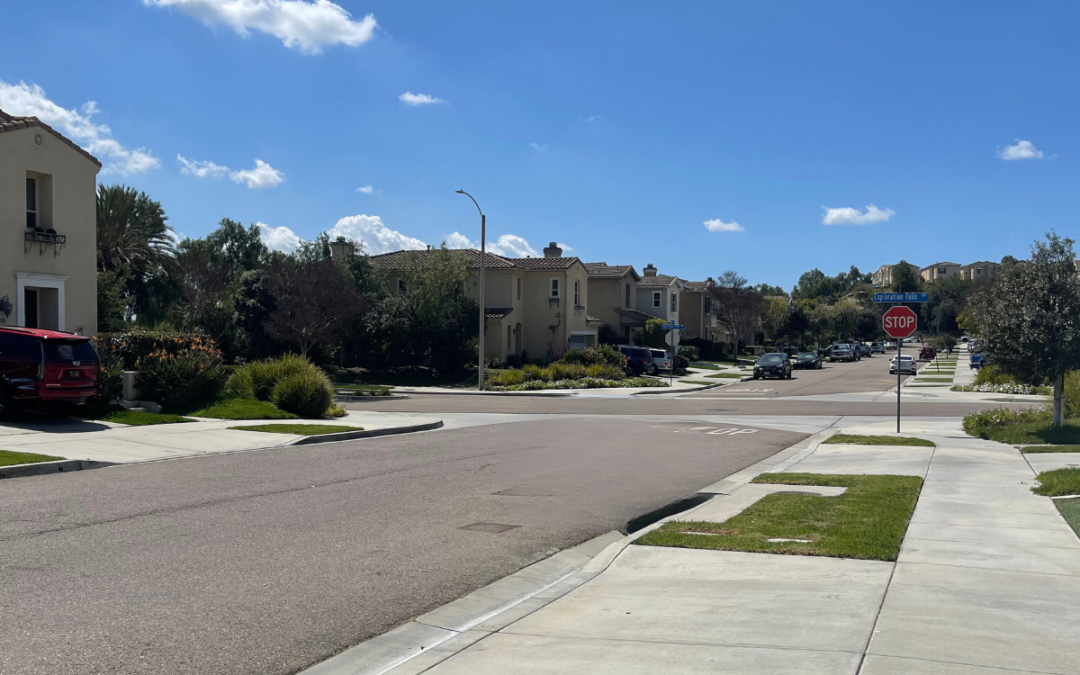Driving Safely in Residential Areas
Driving through residential neighborhoods might seem like a break from the high-speed freeways or the congested city streets, but it comes with its own set of challenges and responsibilities. For students at our driving school and drivers across the nation, understanding how to navigate these areas safely is crucial. Residential streets are the heart of our communities, where the unexpected can happen — from a child chasing a ball into the road to navigating tight parking spots. Here’s your guide to driving safely in residential areas.
Acknowledge the Speed Limit
The most noticeable difference when entering a residential area is the reduced speed limit, typically ranging between 20-30 mph. These limits are not arbitrary; they’re carefully set to protect pedestrians, cyclists, and playing children. Adhering to these limits gives you more time to react to unexpected obstacles and reduces the severity of any potential accidents.
Right-of-Way Etiquette
In residential areas, where four-way stops and unmarked intersections are more common, knowing who has the right-of-way is vital. Remember, the first vehicle to stop at an intersection has the right to proceed first. At a tie, the vehicle on the right goes first. Pedestrians always have the right-of-way, so be vigilant for people crossing the street, especially in areas without marked crosswalks.
The Art of Parking
Street parking is a skill unto itself, often tested in residential areas. Always observe local parking regulations to avoid fines or towing. Be mindful not to block driveways, sidewalks, or fire hydrants. When parking on a street, ensure your vehicle faces in the direction of traffic flow, using your mirrors and turning your wheels appropriately when parking on an incline.
Pedestrian Safety
Residential streets are bustling with pedestrian activity. Drivers must be hyper-aware of people walking, especially children who may dart into the street unexpectedly. Slow down when you see pedestrians and be ready to stop, even if they’re not at a crosswalk. Making eye contact with pedestrians can also ensure that both of you are aware of each other’s intentions.
School Zone Vigilance
Driving near schools requires extra caution. Speed limits in school zones are significantly reduced, and for a good reason. Be on the lookout for school zone signs, crossing guards, and children crossing the street. Always yield to school buses when they’re loading or unloading children. Remember, patience in these areas is not just courteous; it’s a legal requirement.
Noise Awareness
The tranquility of residential areas means that your vehicle’s noise can be more disruptive. Excessive noise, whether from loud music, honking, or revving engines, is not only discourteous but often violates local noise ordinances. Keep your noise level down to maintain the peace of the neighborhood.
Practice Defensive Driving
Defensive driving is key in residential areas. This means being aware of your surroundings, anticipating the actions of others, and being prepared to react. Keep a safe distance from other vehicles, and always assume that children and pets could run into the street at any moment.
Driving Safely in Residential Areas
Driving in residential areas requires a mix of technical skills, awareness, and courtesy. These neighborhoods are where people live, play, and go about their daily lives, so driving with care and respect goes a long way. For our students at the driving school, mastering residential driving is not just about passing your test; it’s about ensuring the safety and well-being of our communities. Keep these tips in mind, and you’ll be well on your way to becoming a safe, responsible driver in any setting. Happy driving!
Drive with Confidence!
Keep up with all the latest driving news. Expolre our blog packed with essential tips and expert advice on all things related to DRIVING!




